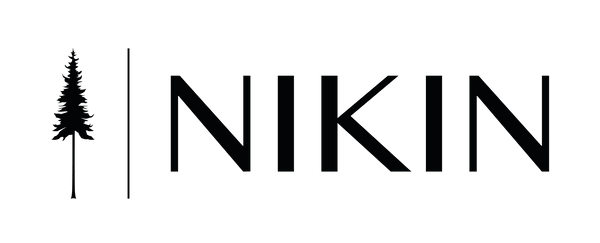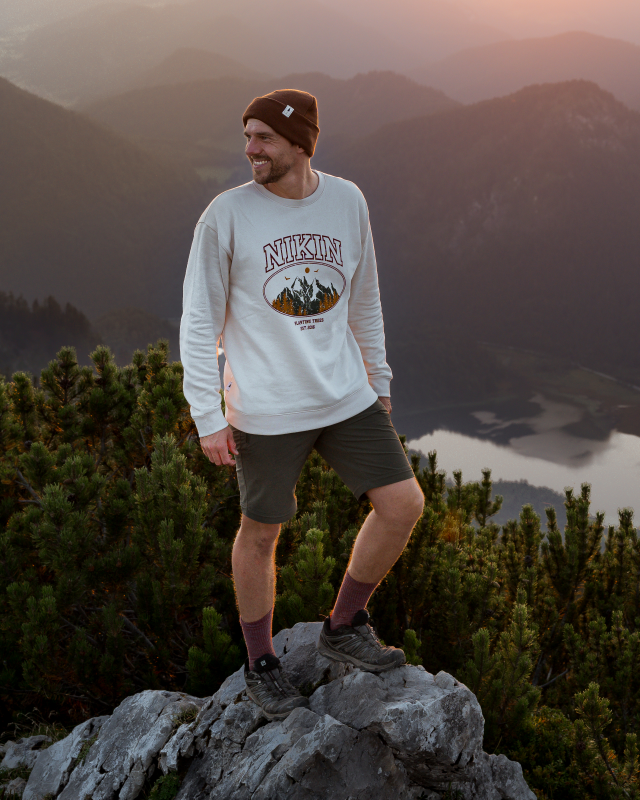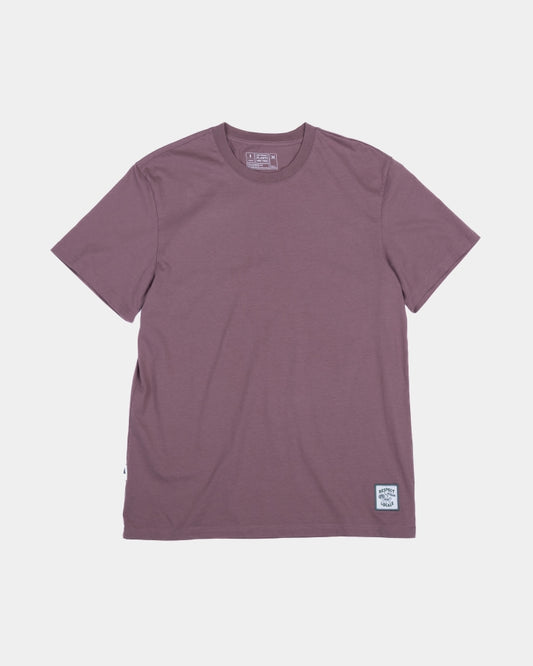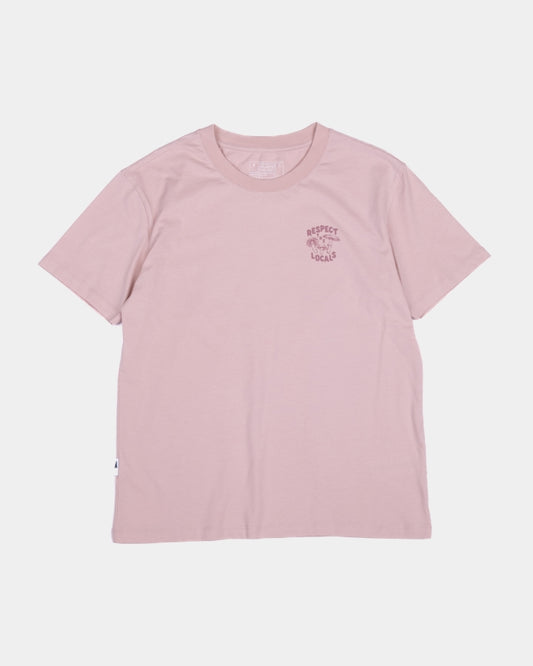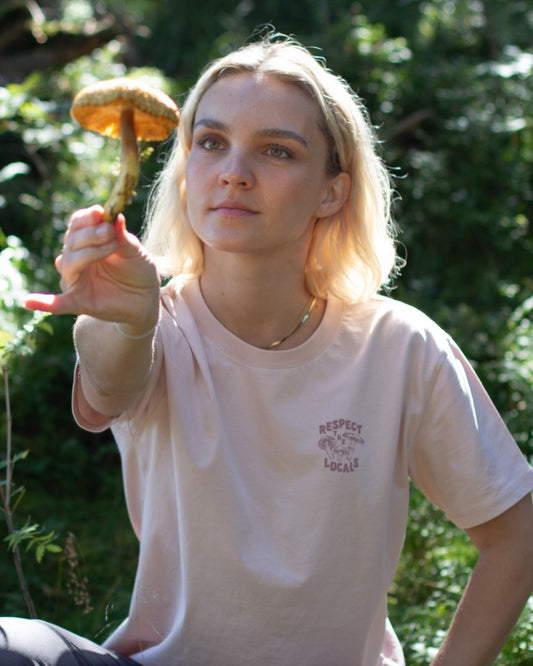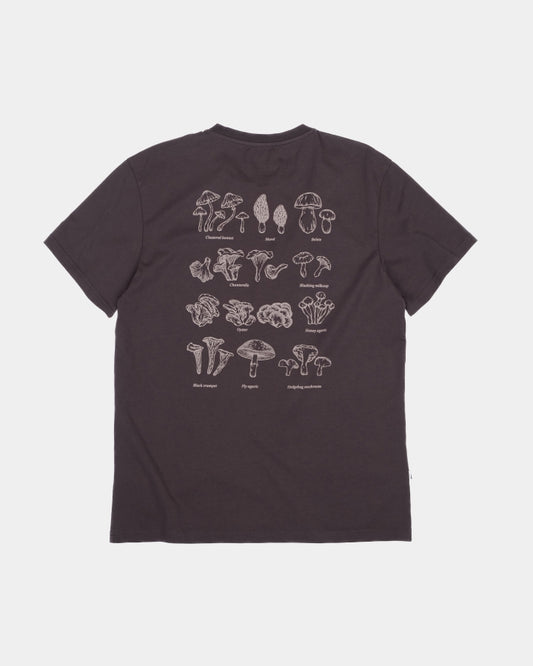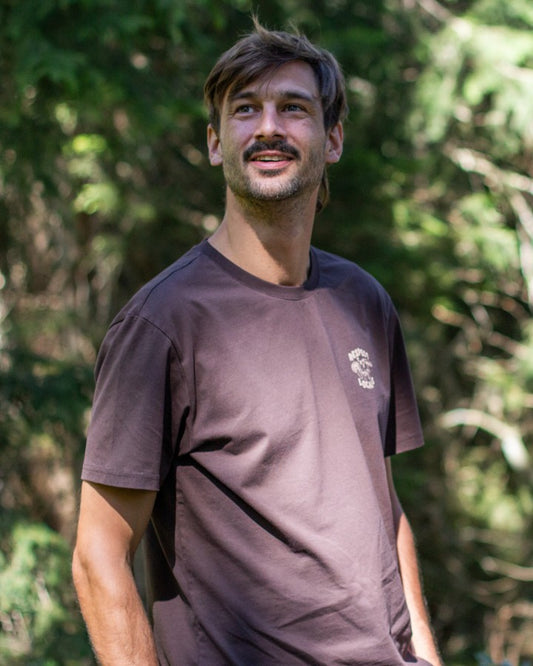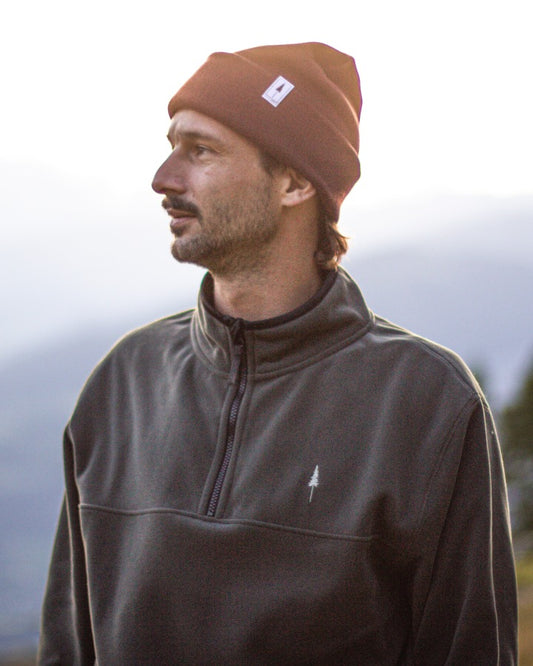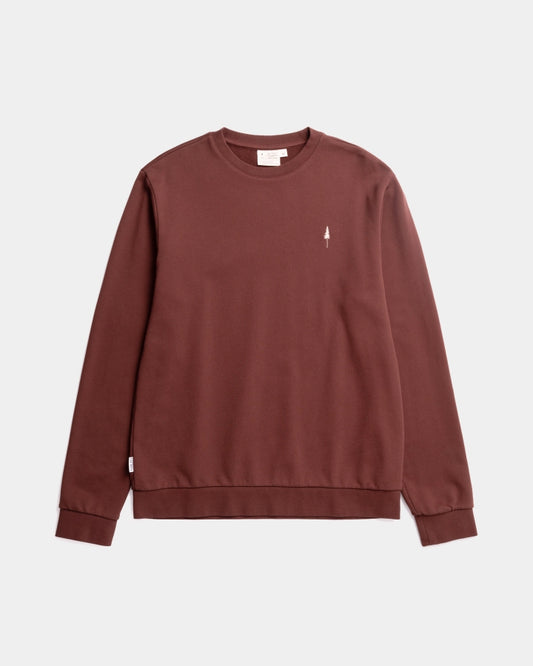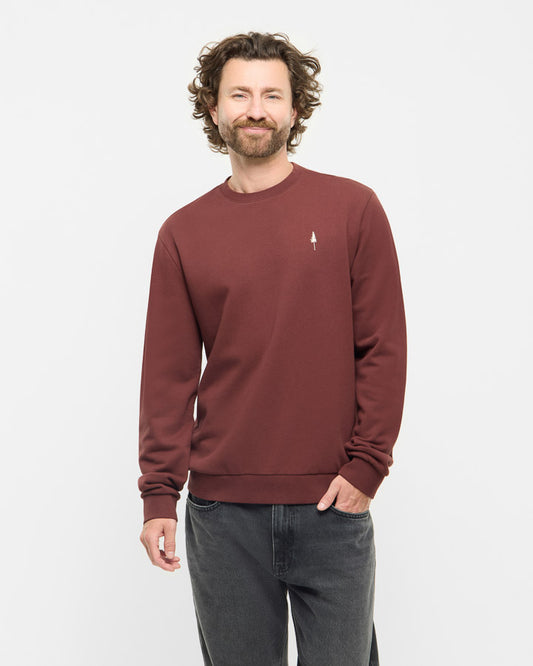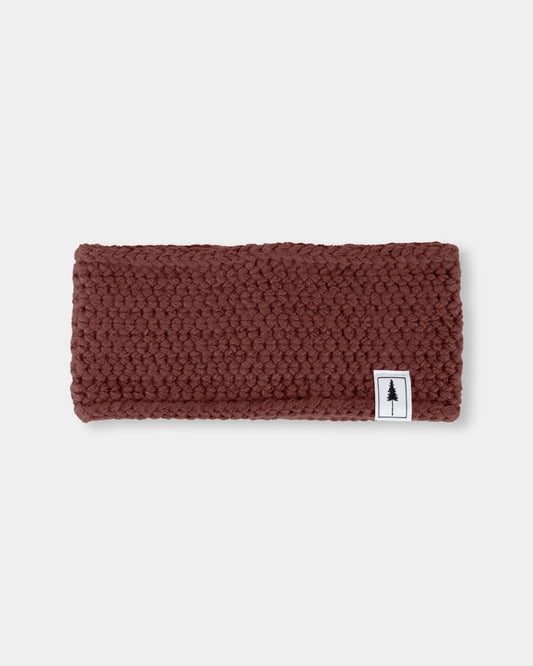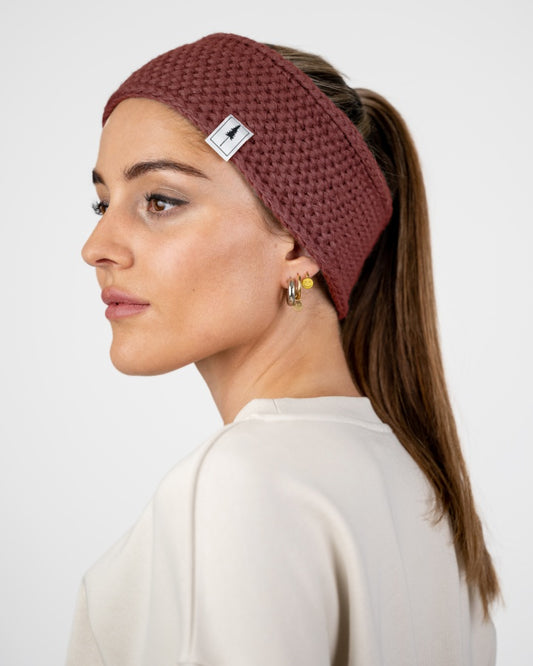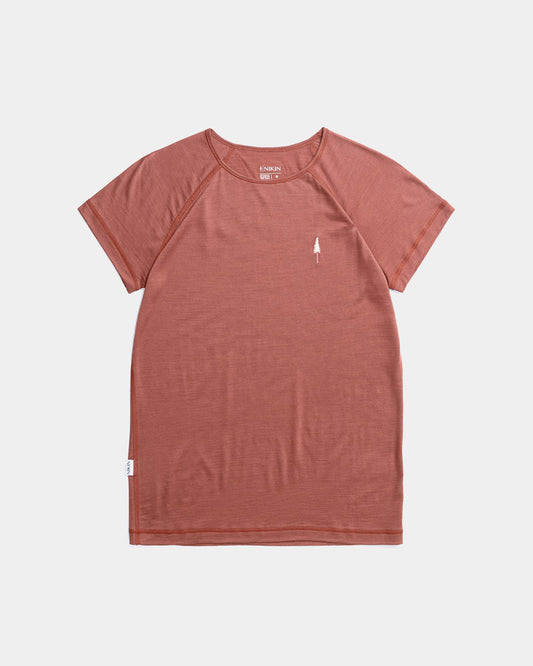Recycling is an essential part of global sustainability efforts. It reduces waste, conserves valuable resources and reduces environmental impact. However, in the fashion industry, which is known for its high environmental costs, recycling alone is not the ultimate solution. What is needed is a systemic shift towards a circular economy that closes the raw material loop and offers long-term solutions for the fashion industry. But what does a circular economy mean compared to previous systems and why is it so crucial?
Linear economy, recycling and circular economy - what are the differences?
- In the fashion industry, a traditional linear economic system applied. This system works according to the "take, make, waste" principle: raw materials are extracted, processed into products and disposed of after their short useful life. This leads to enormous mountains of waste that pollute the environment. In the fast fashion industry in particular, this cycle is accelerated further and further as clothing is produced cheaply, used up quickly and replaced quickly with new items.
- The Recycling economy is a step in the right direction, as it attempts to recycle materials and thus reduce waste. However, in the fashion industry, recycling is often difficult due to the complex composition of the materials, such as polyester and cotton blended fabrics. Separating and recycling these fabrics requires complex processes that currently only cover a small proportion of textile production.
- The Circular economy on the other hand, goes one step further and offers a holistic solution for the fashion industry. It focuses on closing material cycles by designing products in such a way that they can either be fully recycled or reused at the end of their life cycle. The focus is on the Recycling, repair, upcycling and the minimization of waste. The aim is to keep resources in a continuous cycle instead of disposing of them after a single use. In a true circular economy, every item of clothing becomes a resource for new products.
 Difference between linear, recycling and circular economy.
Difference between linear, recycling and circular economy.
Why the circular economy is the future of fashion
The transition to a circular economy is not only an environmental approach, but also an economic necessity. The fashion industry is known for producing millions of tons of clothing every year, a significant portion of which is either incinerated or disposed of in landfills. This leads to a massive waste of valuable raw materials such as cotton, water and energy. A circular system could radically solve this problem.
In contrast to the linear economy, which relies on finite resources, the circular economy promotes sustainable material flows. And through circular initiatives such as take-back programs, where old clothes are returned and transformed into new products, or through the use of biodegradable fibers, the fashion industry can make a sustainable contribution to the environment.
The challenges of the circular economy in fashion
Although the circular economy is the solution to many environmental problems in the fashion industry, there are still challenges. Implementing a functioning circular system requires innovation in materials research and a transformation of the entire production chain. Manufacturers must learn to design durable and recyclable products, and consumers must be made aware of the importance of returning clothing to the cycle. Another obstacle is the current infrastructure of recycling and take-back systems, which is often not yet mature enough to meet the requirements of the circular economy.
 Circularity begins with the production of new clothes.
Circularity begins with the production of new clothes.
NIKIN and the circular economy
The future of fashion undoubtedly lies in the circular economy. While recycling is an important step, only a comprehensive circular approach offers a long-term solution to the fashion industry's environmental problems. The transition from a linear economy to a closed material loop will not only help to reduce waste, but also enable sustainable and resource-efficient fashion production.
At NIKIN, we are setting a good example by focusing on circular production processes and designing our products in such a way that they can close the loop. By producing more circular products, we are taking another step towards our goal of offering 100% circular products by 2030.
